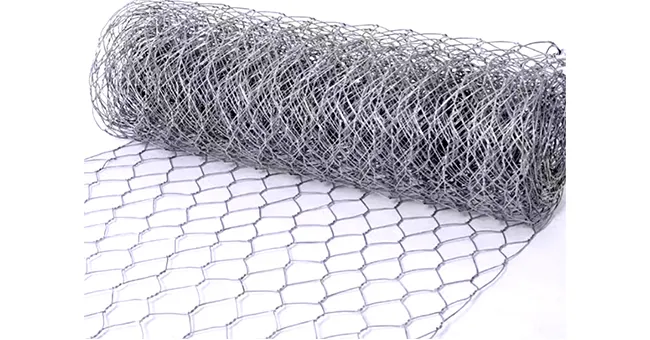-
 Phone:
Phone: -
 Email:
Email:

Mitigating Rockfall Hazards through Effective Netting Solutions and Engineering Techniques
Rock Fall Netting An Essential Solution for Slope Stability
Rock falls pose significant risks to both infrastructure and human safety, especially in mountainous and hilly terrains. Natural processes such as weathering, erosional forces, and seismic activities can dislodge rock materials from slopes, leading to potentially devastating consequences. To mitigate such hazards, rock fall netting has emerged as an effective solution for slope stabilization and rockfall prevention.
Understanding Rock Fall Netting
Rock fall netting is an engineered system designed to catch and contain falling rocks and debris. It consists of a network of high-strength cables and mesh, typically made from materials like steel or synthetic fibers, which are installed on or around vulnerable slopes. The netting helps to absorb the energy of falling rocks, preventing them from reaching roads, buildings, or hikers below.
Applications and Benefits
The primary applications of rock fall netting are seen in areas such as highway construction, railway maintenance, and even in recreational areas like national parks. Installing rock fall netting can significantly reduce the risk of rock-related accidents, providing a safer environment for both motorists and pedestrians.
One of the key benefits of rock fall netting is its relatively low maintenance and installation costs compared to other rockfall mitigation techniques. While the upfront investment can be significant, the long-term savings gained from avoiding repairs on damaged infrastructure and potential liability claims can be substantial. Moreover, rock fall netting is often aesthetically pleasing and can blend seamlessly with the natural environment, making it a preferred choice for protecting scenic landscapes.
Installation and Design
The design and installation of rock fall netting require careful planning and engineering expertise. Factors such as the slope's geology, the potential size and frequency of falling rocks, and environmental conditions must be thoroughly assessed. This evaluation leads to the selection of the right type of netting structure, which may include draped nets, secured nets, or a combination of both.
rock fall netting

Installation typically involves anchoring the netting to pre-determined points on the slope, ensuring that it can adequately withstand the forces exerted by falling rocks. Engineers often use dynamic analysis to simulate rock fall scenarios and optimize the netting’s design for various conditions.
Environmental Considerations
Another important aspect of rock fall netting is its environmental impact. When properly installed, netting systems can help minimize erosion and soil displacement, preserving local ecosystems. Additionally, in some cases, vegetation can be encouraged to grow through the netting, further stabilizing the slope and promoting biodiversity.
Challenges and Future Directions
Despite its advantages, rock fall netting is not without its challenges. Factors such as extreme weather or seismic activity can damage netting systems over time. Therefore, regular inspections and maintenance are crucial to ensure their effectiveness. Researchers are continuously exploring advancements in materials and technologies to enhance the durability and performance of rock fall netting systems.
Moreover, the integration of drones and remote sensing technologies for monitoring rockfall risks is gaining traction. These innovations can provide real-time data and facilitate prompt maintenance interventions when necessary.
Conclusion
Rock fall netting is a critical component of modern engineering practices aimed at preserving public safety and infrastructure integrity in rocky terrains. As awareness of its benefits grows, we can expect to see more widespread adoption of rock fall netting systems in vulnerable regions. By investing in effective rockfall mitigation strategies, we can protect our landscapes, preserve ecosystems, and ensure safety for all who navigate through these stunning yet unpredictable natural environments.
-
Wire Mesh for Every Need: A Practical SolutionNewsJul.25,2025
-
Steel Fences: Durable, Secure, and Stylish OptionsNewsJul.25,2025
-
Roll Top Fencing: A Smart Solution for Safety and SecurityNewsJul.25,2025
-
Cattle Farm Fencing Solutions for Maximum SecurityNewsJul.25,2025
-
Affordable Iron Binding Wire SolutionsNewsJul.25,2025
-
Affordable Galvanized Wire SolutionsNewsJul.25,2025
-
Wire Hanger Recycling IdeasNewsJul.25,2025








